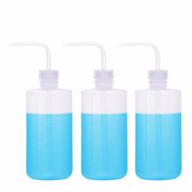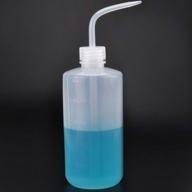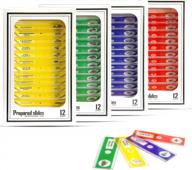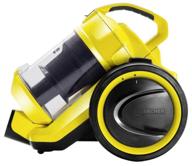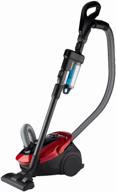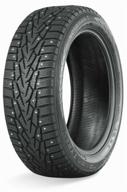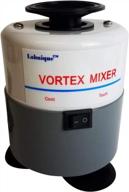How to Adjust the Focus on Nikon Aculon Binoculars?
Adjusting the focus on Nikon Aculon binoculars is easy once you understand the basic steps. Here is a guide on how to get your Aculon binoculars in sharp focus:
Preparation
- Make sure the binoculars are clean and lenses are smudge-free
- Choose an object at least 30-50 feet away to focus on
- Hold the binoculars steadily with both hands
Adjusting the Central Focus Knob
Nikon Aculon binoculars have a central focus knob located between the two eyepieces. Follow these steps:
- Start by closing your right eye and looking through the left eyepiece with your left eye
- Slowly turn the center focus knob while looking at your object until it comes into sharp focus
- Now open your right eye and close the left. Look through the right eyepiece and adjust the center focus knob again until the object is in sharp focus.
Go back and forth between both eyes until the image in both eyepieces is equally clear and sharp. The binoculars are now in focus.
Tips
- Small adjustments of the focus knob go a long way, don't over-turn
- Refocus periodically as your subject changes distance
With just a few quick adjustments, you’ll have your Nikon Aculon binoculars dialed in for crystal clear viewing.
Another interesting products
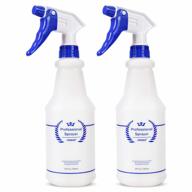

16 Review



16 Review

How to Properly Clean Nikon Aculon Binoculars?
Keeping your Nikon Aculon binoculars clean is important for maintaining optimal performance. Here are some tips on safely cleaning them:
Supplies Needed
- Lens cleaning cloth or soft, lint-free cloth
- Lens cleaning fluid or isopropyl alcohol
- Cotton swabs
- Small brush or air blower
Cleaning the Lenses
Use these steps to clean the objective and eyepiece lenses:
- Brush away any loose dirt particles with a small brush or air blower
- Wet the lens cloth with lens cleaner or isopropyl alcohol. Avoid using an excessive amount.
- Gently wipe the lenses in a circular motion. Do not scrub hard.
- Use clean portions of the lens cloth as needed to remove smudges or streaks.
- Finally, dry any wet areas with a clean lens cloth.
Cleaning the Exterior
For the exterior housing, follow this method:
- Use a soft dry cloth to remove dust or dirt from the rubber armor coating.
- For tougher smudges, lightly dampen the cloth with water or mild soap solution.
- Take care not to get any moisture in openings like eyepieces or focus knob.
- Dry any wet areas thoroughly.
Maintenance Tips
- Avoid touching glass surfaces with bare fingers.
- Store binoculars in a protective case when not in use.
- Inspect lenses periodically for contaminants or residue.
Regular, careful cleaning keeps your Nikon Aculon binoculars in excellent shape for superior optics and lasting performance.
Top products in 🧪 Lab Instruments & Equipment
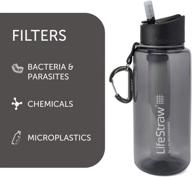

10 Review

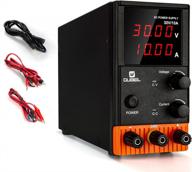

11 Review

How to Attach a Neck Strap to Nikon Aculon Binoculars?
Adding a neck strap is a great way to keep your Nikon Aculon binoculars conveniently accessible. Here are step-by-step instructions to properly attach a strap.
Materials Needed
- Nikon Aculon binoculars
- Neck strap designed for binoculars
Instructions
- Locate the strap attachment points on each side of the binoculars. They are identified by a strap icon or engraving reading "Strap."
- Hold the neck strap so the thicker padded section is at the top. This will provide comfort around your neck.
- Pass each end of the strap through the attachment points, creating a loop.
- Pass the ends through the slider/adjuster on the strap, and pull the strap tight.
- The slider allows you to adjust the strap length to fit comfortably around your neck.
- Try placing the binoculars around your neck to test the length. Adjust as needed.
Tips
- Make sure the strap is designed for binoculars and has an adjustable slider piece.
- Some models may require threading the strap ends through rings before looping through the attachment points.
- Check that the strap is securely attached and adjusted before use.
Attaching a high quality neck strap designed for binoculars provides hands-free carrying convenience. Just follow the attachment points, thread through the desired length, and you're ready to comfortably use and transport your Nikon Aculon binoculars.
How to Choose the Right Nikon Aculon Binoculars for Your Needs?
With several different models available in the Nikon Aculon binocular line, it’s important to select the right pair suited for your intended use. Here are some key considerations when choosing Aculon binoculars.
Magnification Power
- Higher magnification models like 10x or 12x are best for viewing distant objects like wildlife or astronomical sights.
- Lower power models around 7x or 8x provide a wider field of view that's preferable for fast action like sports.
Objective Lens Size
- Larger objective lens size (i.e. 50mm) gathers more light for brighter images in dim conditions.
- Smaller size (i.e. 32mm) reduces weight but needs more ambient light.
Prism Glass and Lens Coatings
- High quality optical glass and fully multi-coated lenses provide brighter, clearer images.
- Phase correction coated roof prisms offset diffraction for sharp details.
Comfort and Durability Features
- Rubber armor coating allows secure grip and absorbs impacts if dropped.
- Turn-and-slide rubber eyecups block stray light and adjust to eyeglass use.
- Nitrogen filled body prevents fogging and mildew inside the binocular.
| Activity | Recommended Aculon Features |
|---|---|
| Birdwatching | 10x or 12x magnification, 42mm+ objective lens |
| Hunting | Durable rubber armor, phase correction prisms |
| Hiking | Compact and lightweight frame, textured grip |
By considering how you plan to use your Nikon Aculon binoculars and which features will maximize performance, you can select the right model to match your viewing needs and preferences.
How To Choose The Right Binoculars For Your Needs?
Choosing the right binoculars can be a daunting task, but it's important to consider your needs and budget before making a purchase. Here are some tips to help you choose the right binoculars for your needs:
Similar products
What Is The Difference Between Full-Size And Midsize Binoculars?
Full-size and midsize binoculars differ in size, weight, and optical performance. Here are some differences between the two:
Full-size binoculars:
Midsize binoculars:
Both full-size and midsize binoculars mainly sport a Schmidt & Pechan roof prism. The eye relief is longer on full-size binoculars, making them more comfortable to use. Compact binoculars, on the other hand, have a definite trade-off in image brightness for the sake of extreme light weight and compact-to-pocket-sized dimensions. They provide a lower quality image than mid- or full-size binoculars.
What Are Some Examples Of Compact Binoculars?
Here are some examples of compact binoculars:
Compact binoculars are ideal for people who need to travel light or have limited luggage space but still want to enjoy clear views of birds, wildlife, and the night sky. They are also great for outdoor activities like backpacking, canoeing, or taking to an outdoor sporting event. Compact binoculars have objective lenses less than 32 millimeters in size, making them smaller and lighter than full-size binoculars. Although compact binoculars have a lower quality image than mid- or full-size binoculars, they are a great option for those who want a portable and affordable pair of binoculars.
What Are The Most Affordable Compact Binoculars?
There are several affordable compact binoculars available in the market. Here are some of the most affordable compact binoculars:
According to, after conducting a review of 24 models of compact binoculars, they found some great options among compact binoculars that can stand on an even footing with similarly priced full-size binoculars, all while saving weight and reducing fatigue. They focused on relatively affordable options ranging from around $100 to more than $500. Five compact binoculars made their Top Picks list, all of which offer a very bright, colorful image and pleasing ergonomics.
also provides a list of the best cheap binoculars under $50, $100, $150, and $200 for birdwatching, compact, hunting, safari, and night vision budget binocular categories. However, they advise against getting too cheap binoculars, which would include most under $100, for several reasons.
Overall, the most affordable compact binoculars are those that offer good quality optics and are durable enough to last. It's important to consider your budget and needs before making a purchase.





